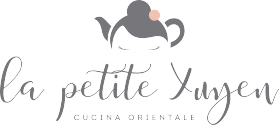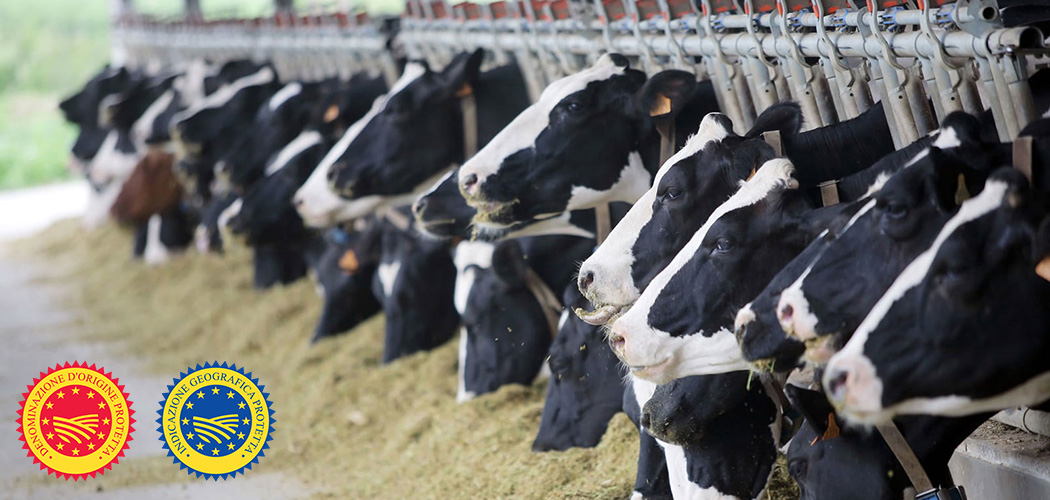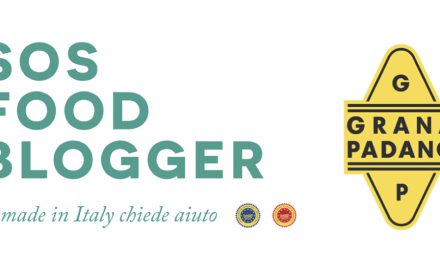Ormai, lo sanno anche i muri che DOP e IGP non sono simboli di bellezza, ma veri e propri marchi sinonimo di qualità che tutelano la salute del consumatore. Tuttavia, quello che forse ancora non è chiaro, è cosa realmente si cela dietro a queste curiose sigle.
Oltre alla sicurezza igienico-sanitaria e alla trasparenza delle informazioni sull’origine dei prodotti che, ovviamente, sono assolutamente da non sottovalutare come vi dicevo in questo post, oggi, vorrei soffermarmi di più su altri aspetti che rendono così unici i prodotti che godono di questi riconoscimenti.
Perché il forte legame che esiste tra le eccellenze agroalimentari e il loro territorio d’origine è ciò che più di tutto mi affascina e mi colpisce. Mi piace scoprire la storia di una terra e le tradizioni della sua gente attraverso la degustazione di quei prodotti locali che difficilmente si possono riprodurre altrove.
Uomini, animali e piante non hanno solo una forma, ma anche un linguaggio, dei colori e dei sentimenti da esprime.
La suinicoltura, per esempio, ha origini lontane, contadine e poderali, diverse da territorio a territorio, come diversi sono i prodotti che ci regala.
In un Paese come il nostro, che vanta un panorama del gusto senza eguali, un primato europeo nel campo dei salumi (e non solo) con ben 37 produzioni tutelate, è giusto evidenziare che gli alimenti a Denominazione d’Origine Protetta e Indicazione Geografica Protetta ne rappresentano la storia agroalimentare.
Tali alimenti racchiudono in sé un legame inscindibile con il territorio che comprende sia fattori naturali (clima e caratteristiche ambientali), sia fattori umani (tecniche di produzione tramandate nel tempo, artigianalità e know-how). Elementi senza i quali sarebbe impossibile garantire le peculiarità e le caratteristiche di questi prodotti, nonché quel sapore che li rende così tipici.
In entrambi i casi, infatti, gli alimenti devono seguire un processo produttivo conforme a un preciso disciplinare di produzione nel rispetto della ricetta tradizionale, con la differenza che, per i prodotti DOP, le fasi di produzione, di trasformazione e di elaborazione devono avvenire all’interno di una delimitata area geografica, mentre per quelli IGP ne basta almeno una.
Il Salame Brianza e il Prosciutto Toscano, per esempio, possono fregiarsi del marchio DOP perché nascono all’interno di precisi confini geografici che costituiscono la naturale area della loro tradizionale produzione e non a caso ne prendono il nome . Del primo si riscontrano notizie su scritti letterari dell’area milanese e su numerosi testi di cucina della zona fin dal 1500, mentre il secondo, data la sua lunga tradizione, si fa risalire al tempo dei Medici perché è proprio intorno al XV secolo che la produzione di questo prosciutto viene regolamentata con disposizioni riguardanti l’intero processo produttivo.
Segni evidenti questi che i salumi fanno parte della cultura culinaria italiana da secoli.
Le materie prime utilizzate derivano da suini allevati secondo rigide regole produttive al fine di ottenere una carne dalle ottime caratteristiche qualitative.
La lavorazione viene affidata alla maestria dei produttori locali che nel caso del Salame di Brianza combinano alla carne di spalla una selezione dei tagli di gola che forniscono i grassi più succulenti e profumati del suino. Per quanto riguarda il Prosciutto Toscan, invece, la lavorazione parte da una coscia già di per sé molto magra che successivamente viene arricchita con sali marini, pepe e aromi naturali tipici della Regione Toscana.
E la stagionatura, infine, al naturale clima del territorio che ne caratterizza maggiormente profumi e sapori.
Forse vi sembrerò un’inguaribile romanticona e forse sì, lo sono, ma questi aspetti, secondo me, sono ciò che crea più valore dal punto di vista culturale, sociale ed economico.
P.S. Per chi volesse maggiori info/approfondimenti sulla qualità certificata dei prodotti agroalimentari del nostro Bel Paese (normativa, Consorzi di tutela, filiera di produzione ecc…), a questo link c’è un interessante Booklet da scaricare sui Salumi Italiani DOP e IGP ;)
DOP and IGP, two brands that have a lot to tell
We all know by the time that DOP and IGP are not symbols of beauty but real brands synonymous of quality that protect the the health of consumers.
In addition to health and sanitary safety and transparency of information about the origin of the products that of course are not to be underestimated as I said in this post, today I want to focus more on other aspects that make these products so unique that enjoy these awards.
Because the strong bond that exists between the excellent agroindustrial and their territory of origin is what fascinates me most of all and it strikes me. I like to discover the history of a land and traditions of its people through the tasting of those local products which are difficult to reproduce elsewhere.
Humans, animals and plants have not only a form, but also a language, colors and feelings to express.
The pig industry, for example, has ancient origins, farmers and farm tracks, different from territory to territory, as there are various products that gives us.
In a country like ours, which boasts an unrivaled panorama of taste, that is an European leader in the field of cold cuts (and not only) with 37 well-protected products, it is fair to point out that the food protected designation of origin and protected geographical indications represent the history of agroindustrial.
These foods contain within itself an unbreakable bond with the land that includes both natural factors (climate and environmental characteristics) and human factors (production techniques handed down over time, craftsmanship and know-how). Elements without which it would be impossible to guarantee the characteristics and features of these products, as well as that flavor that makes them so typical.
In both of these cases in fact, foods must follow a production process conforms to a precise product specification in respect of the traditional recipe, with the difference that, for DOP products, the stages of production, processing and preparation must take place within a specific geographical area, while for IGP ones it only takes at least one.
The Salame Brianza and the Prosciutto Toscano, for example, can boast of having the brand DOP because they are born within specific geographic boundaries that constitute the natural area of their traditional production and not surprisingly they are called. The first news about the Salame Brianza are found in literary works in the Milan area and numerous cookbooks in the area since 1500, while the Prosciutto Toscano, due to its long tradition goes back to the time of the Medici because it is right around the fifteenth century that the production of this ham is regulated with provisions concerning the whole production process.
These are obvious signs that the cold cuts are part of the Italian culinary culture for centuries.
The raw materials used come from pigs reared according to strict rules of production in order to obtain a meat quality characteristics.
The work was entrusted to the skill of local producers in the case of Salame Brianza combine the shoulder meat a selection of cuts throat that provide the most succulent and flavorful fat pig. Regarding the Prosciutto Toscano, instead, the processing starts from a thigh already very lean which is subsequently enriched with sea salts, pepper and natural flavors typical of the Region of Tuscany.
And the seasoning, finally, to the natural climate of the territory that characterizes most aromas and flavors.
Maybe I’ll look like an incurable sentimentalist or maybe yes, I am, but these aspects, I think, are what creates the most value from the point of view of cultural, social and economic.
P.S. For those who want more info / insights on quality certification of food products of our Beautiful Country (legislation, consortiums, production chain, etc …), this is an interesting link to download a Booklet on the Italian DOP and IGP cured meats.












